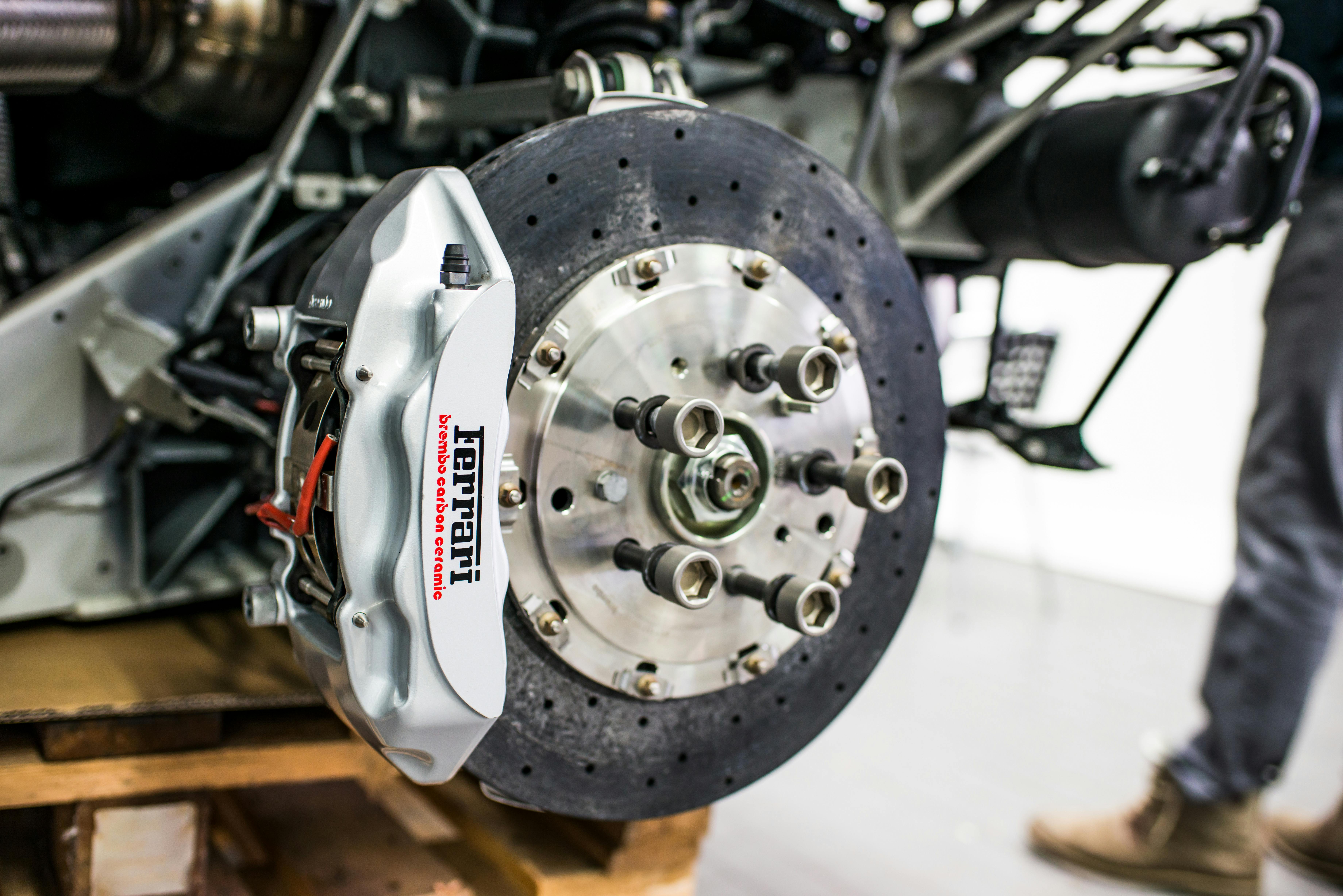Trucks and SUVs with trailer hitches have a wide range of uses. They can pull boats, RVs, cargo trailers, and a host of other items. There are several types of trailer hitches. Most trucks have what’s called a trailer ball hitch. Other types of trailer hitches are gooseneck trailer hitches and fifth wheel hitches.
It’s important to have a truck strong enough to haul anything attached to the trailer hitch. The truck must have enough engine power to build momentum to pull the trailer. This is why you rarely see cars equipped with trailer hitches.
Trailer hitches must be installed correctly on the truck or all the hitch equipment can come off and leave the load behind. Usually the hitch is mounted on a type of bumper that needs to be installed under the tailgate. The strength of this deck determines how much weight the hitch can support. Different classes can pull different amounts of weight. Class 1 trailer hitches are the weakest; they can typically pull up to 2,000 pounds. Class 5 trailer hitches are the strongest, with a pulling capacity of over 10,000 pounds.
Most trucks and sport utility vehicles have tow ball hitches. The hitch consists of a metal ball that connects to a socket on the load. Larger trailer hitch balls can generally handle more weight than smaller balls. Ball trailer hitches are more versatile than many other types and can be used to haul small cargo trailers, boats, and some RVs.
Gooseneck trailer hitches also use a ball, but they attach to the truck differently. Gooseneck trailer hitches are attached to the top of the truck bed, rather than the bumper.
Fifth wheel trailer hitches are the strongest type of trailer hitch. They can be used to carry heavy cargo. Heavy duty haul trucks generally employ fifth wheel hitches.
Trailer hitches allow trucks to haul cargo. Without the proper type of hitch, it would be impossible to couple and pull a trailer.

